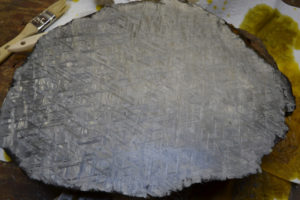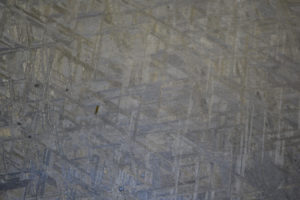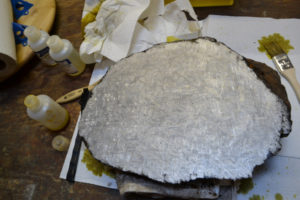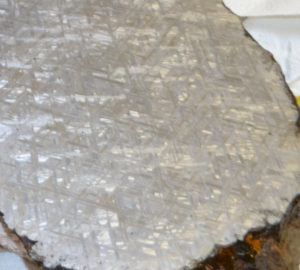“NANTAN” is synonymous with rust, corrosion and a deteriorating meteorite. It has earned a very bad reputation as an “instant ruster” with little hope for a cure. No serious collector wants to own a constantly deteriorating specimen.
The list of other rusting irons is well known. Now there is a solution to this age old problem. A new technology prevents ionic vapor phase corrosion by providing a monomolecular protective film layer bonded to the meteorite surface. When you stop vapor moisture transmission to a substrate, you stop its ability to corrode.From the PaleoBOND research laboratory comes a technology developed with rusting meteorites in mind. Working in cooperation with Cortec Corporation, which developed anti-corrosion systems for the military, we are able to stop cold the corrosion of the iron meteorites in your collection.
The specially developed “Meteorite Preservation Kit” will permit you to de-rust an iron meteorite in your own shop. Then coat it to prevent corrosion. If you should chose not to coat your specimen, we have emitters that will stop rust in your display cases.

If your meteorite has rust, whether it’s a big guy or just a slice, it can be cleaned and restored to its’ former un-rusted self.
To accomplish this, you will need a combination of mechanical and chemical tools.
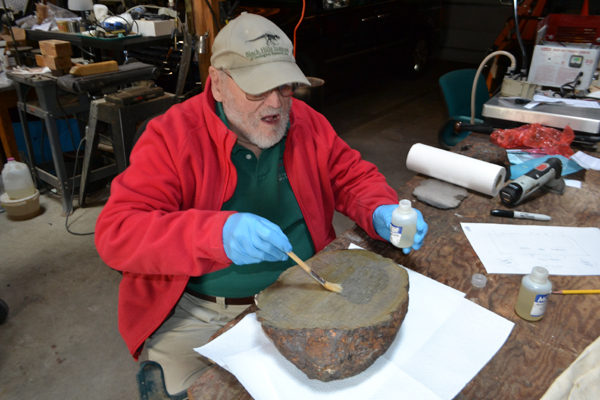
Start with an examination of the specimen. If it has rust that measurably sits on top of the surface, take a sharp putty knife and scrape the rust aside. Next, apply the VpCI 426 Liquid Acid with a brush. Let it work until you are satisfied the rust is gone (20+ minutes).
Where the rust is deep, use the VpCI 426 Gel. It has a slow rate of evaporation allowing the acid to penetrate deep into the rust.
Use the stiff nylon brush in your kit to scrub the rusted spots. If you have a deep pit of rust, use an air abrade tool to get down to the un-rusted base surface. Flush with acid again.
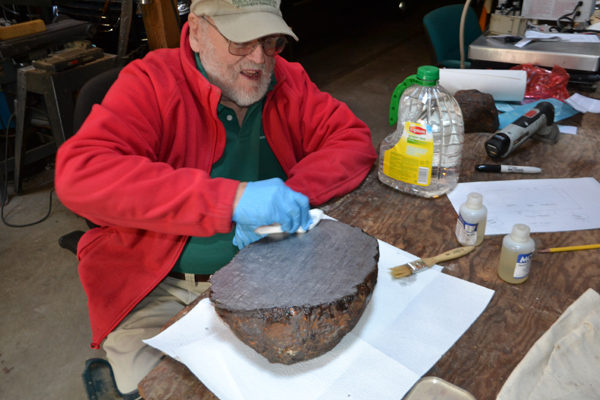
Use bottled water without chlorine. We discovered that using neutralizer immediately after the acid cleaning left a slight, white residue. Washing first eliminated this.
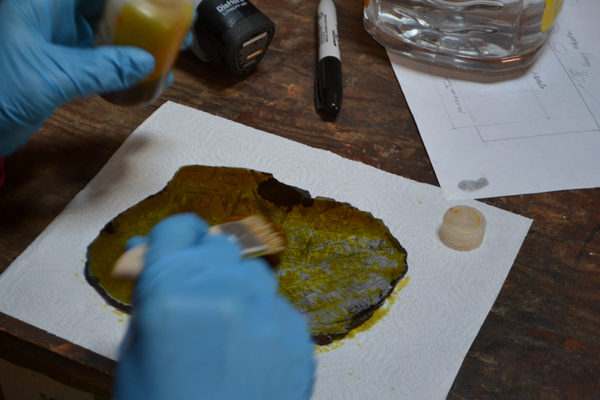
Preparing a surface for etching is simple if you go through a sequence of abrasives (280-400-600 grit).
ETCHING with Ferric Chloride 35%. Make sure the surface is completely covered with a layer of Ferric Chloride. Use your brush to spread it evenly on the surface of the meteorite.
Again, help is available upon request.We’re only a phone call away.
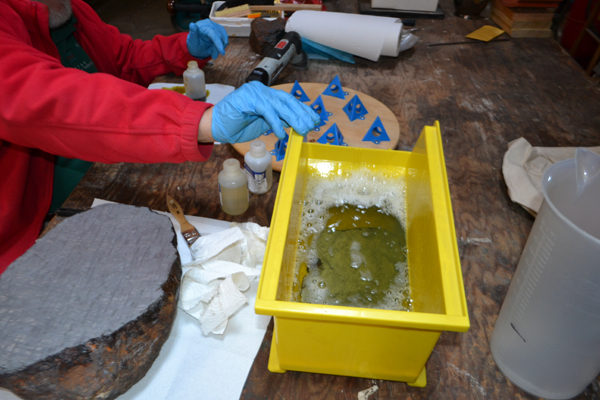
This step does several things.
First, it neutralized the acid on or in your meteorite. It also allows you to take a break in your processing. The VpCI additive in the neutralizer stops any corrosion for a couple of months. You don’t have to rush to the next processes.
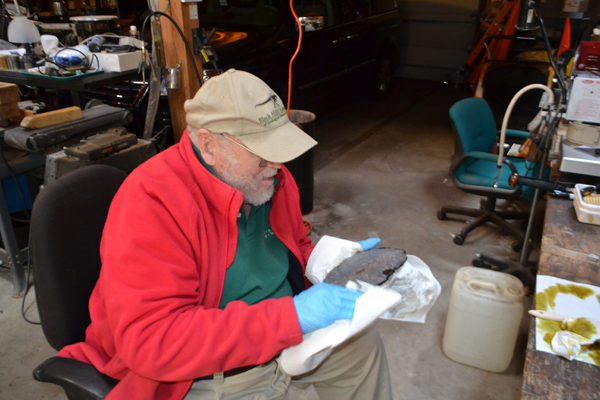
Bill states that his earlier concept of drying was faulty. If your meteorite holds any moisture, baking it only makes the water hot inside the specimen and does little to dry it unless it’s a small slice.
BIG meteorites require a vacuum treatment down to 29” Hg.
Contact our customer service department if you’d like additional details.
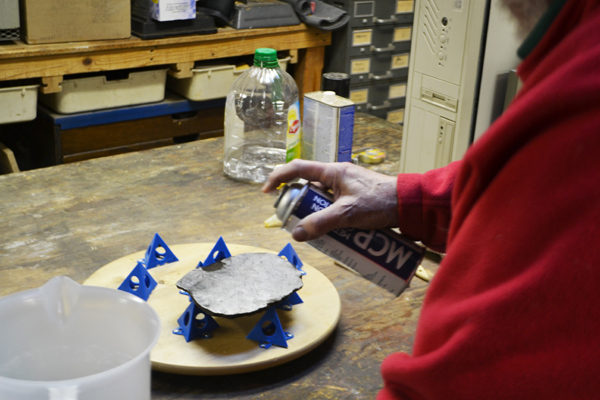
COATING with our special formula clear acrylic solution with VpCI will give you a beautiful finished, and preserved, meteorite.
VpCI Emitters available for individual specimens as well as display cases and exhibits.

